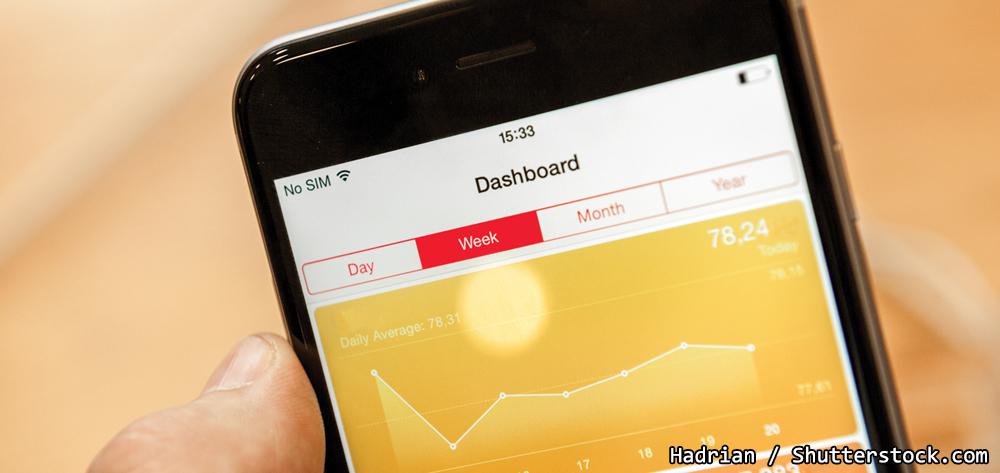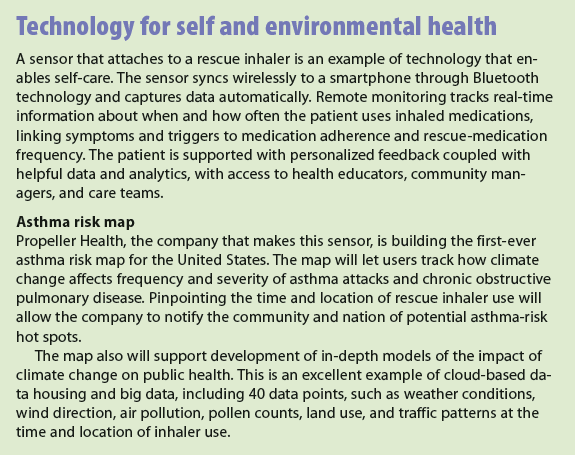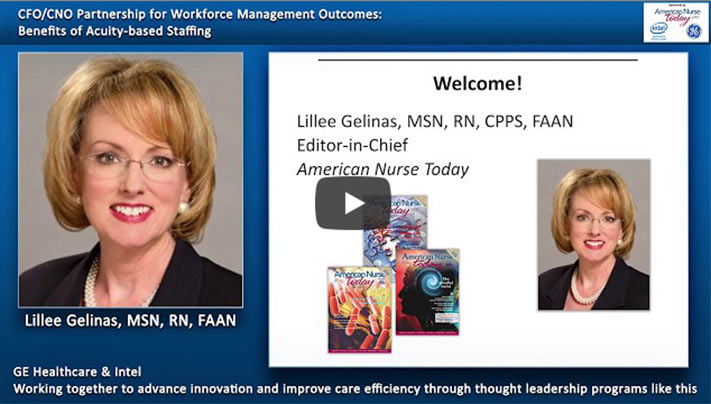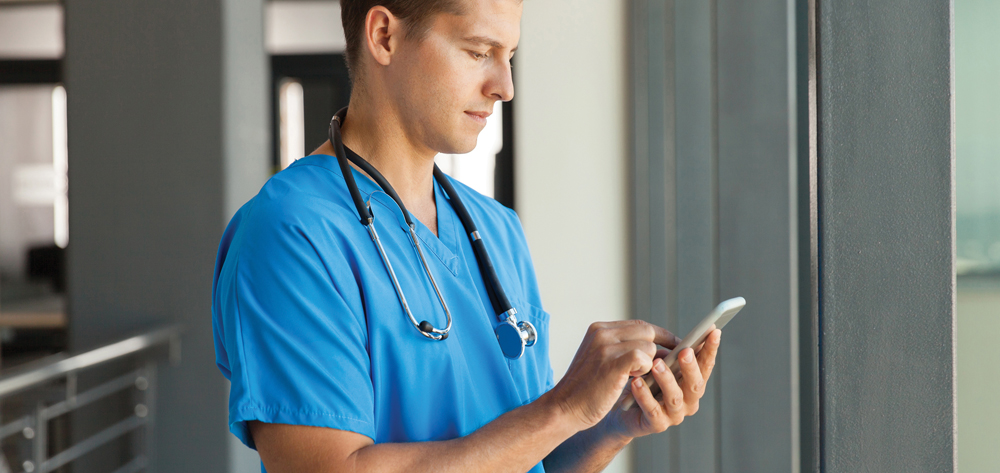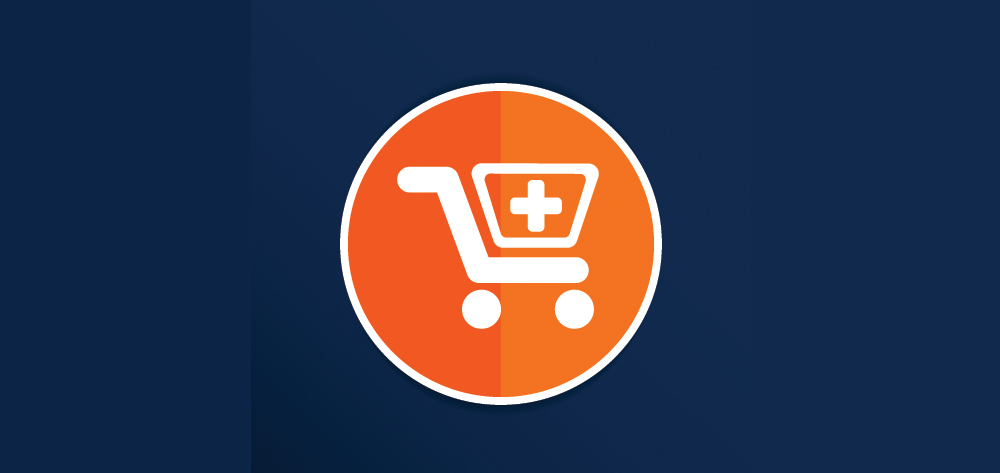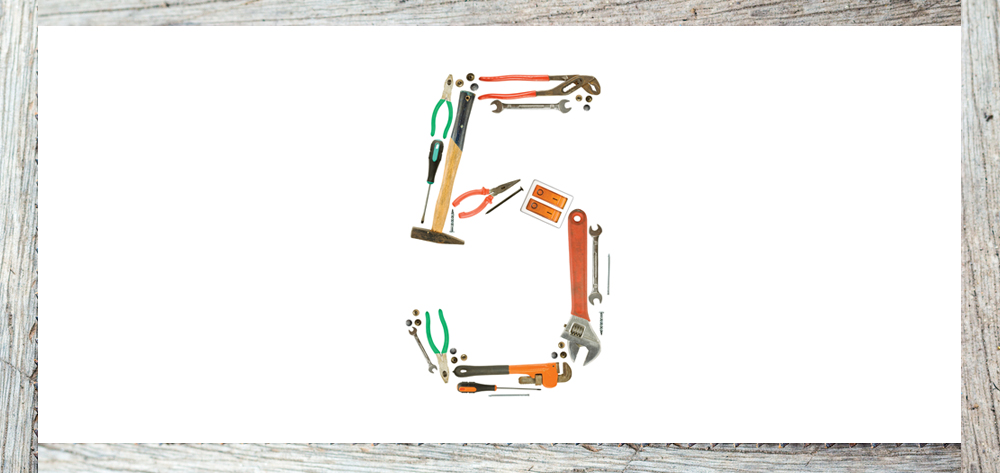Our increasingly mobile lifestyle has created a new context for health care. Advances in digital health technologies, including personal health apps, sensors, cloud-based data housing, and big data, are essential for engaging patients in ways that tap into their strengths and help them make health decisions.
For nurses, this is an exciting time to partner with patients in adopting these technologies, both in brick-and-mortar settings and in new models of more continuous care. These tools are enabling remote monitoring and care coordination for self-care and family care virtually anywhere, complementing traditional care settings. Knowing how to use these technologies allows us to engage patients more effectively, define competencies, and develop the nursing workforce of the future to use mobile and other technologies to support healthcare delivery.
Technology for self-care and family care
A growing number of “health citizens” and “e-patients” (empowered, engaged, equipped, and enabled) are deepening their participation in their own health care through personal health-information tools. Patient portals, personal health records, videos, text and email communications, mobile health (mHealth) apps, devices, and sensors strengthen health knowledge and choices, self-care, and family care. With use of these tools increasing, consumer expectations of health services are changing. More Americans are seeking health care anytime, anywhere, on any device.
The term mHealth usually denotes health-related interventions, ranging from text messaging appointments and reminders to video visits, stand-alone point-of-need diagnostics, medical-grade imaging with data streaming, and automated clinical decision support. The smartphone is a familiar tool for both patients and nurses; mHealth solutions also leverage other functions in mobile phones, creating a suite of powerful life-management tools supporting social connections, fitness, and health. Passive tracking of the patterns of our movements, locations, and phone time and activity bring rich contextual data to help us understand how health interventions affect daily activities.
Self-care tools include smartphone-enabled fitness apps and handheld scanners and wearable sensors to monitor weight, electrocardiographic activity, sleep, blood glucose levels, blood pressure, body temperature, peripheral oxygen saturation, heart rate, and hydration. When combined with bidirectional feedback, personalized engagement, and education, these solutions complement traditional health services. (See Technology for self and environmental health.)
More than 40,000 mobile health apps are available from the U.S. Apple iTunes store. A 2013 IMS Institute for Health Informatics study found these apps have simple functionality and typically are limited to information sharing. More than half are downloaded fewer than 500 times, indicating room for growth.
An estimated 93 million Americans care for a loved one at home, including a growing population of at-risk elderly. Social platforms with mHealth tools are available to help family caregivers monitor loved ones’ daily health, well-being, and special needs through video, texts, emails, personal health journals, and recording of observations of daily living. Many of these tools feature pill reminders, medication and mood trackers, and alerts to support networks triggered by preferences and needs.
Technology for care coordination
To ensure patients receive high-quality care both in and out of clinical settings, nurses are engaging patient caregivers and other clinicians with new technologies for care coordination. Some mHealth solutions can coordinate health services across members of a community, conduct remote patient monitoring, exchange care plans, and measure adherence. These tools broaden patients’ access to health services, communication, and data sharing.
Technology-enabled support for care coordination before and after a patient’s clinic or hospital visit allows nurses to engage the patient over a much longer time frame. Nurses can design care plans, surveys, assessments, and multimedia programs, as well as customize the use of video, texting, and email functions for new modes of care delivery and more dynamic two-way communication.
Patients and family members also can create their own on-the-fly tools to support their informal family care network. Many of the new family health tools allow family members to manage their own informal care coordination (for instance, to monitor how well an elderly parent is taking medications), as well as to engage more formally with nurses, doctors, clinics, and hospitals.
Comprehensive medication adherence tools now available include automated medication reminders and access to an extensive database of medications and multilingual patient education materials. These tools are more powerful when integrated with biomedical devices that automatically record vital signs and other variables, with thresholds set to automatically alert family or nursing care coordinators.
Technology for transforming health care
The potential to engage patients with personal and mHealth technologies lies in our collective ability to transform the way health care is experienced and delivered. With growing adoption of these solutions, important issues must be resolved, including privacy, security, participant authentication and identification, data exchange and interoperability, and workflow integration for individuals, families, and clinical providers. Whether massive amounts of patient- and device-generated health data will be integrated into electronic health records or personal health records remains to be seen.
Mobile health technologies also are converging with the fields of systems biology, genetics, and genomics to bring innovations in precise, individualized health care. Some experts predict 50% to 70% of clinic or office visits over the next few years will be replaced with remote monitoring, digital health records, and virtual house calls. Small, wireless biosensors can measure new variables, such as biomolecules from skin sweat, to give advanced warning of electrolyte depletion, muscle breakdown, or an impending myocardial infarction. Advances in continuous glucose monitoring include a smartphone-based artificial pancreas. mHealth research studies are under way, with many opportunities for nursing contribution.
We need to develop new care models enabled by these technologies. Let’s chart the nursing workforce of the future.
Susan C. Hull is an independent nursing consultant and co-chairs the Alliance for Nursing Informatics Consumer eHealth Task Force (which partners with the American Nurses Association).
Selected references
Austin RR, Hull S. The power of mobile health technologies and prescribing apps. Comput Inform Nurs. 2014;32(11):513-5.
Danis C, Ballen S, Minniti MJ, et al. Using technology to engage patients and improve outcomes. J Healthc Inf Manag. 2014;28(1).
Hull S. Patient-generated health data: foundation for personalized collaborative care. Comput Inform Nurs. 2015;33(5):177-80.
IMS Institute for Health Informatics. Patient apps for improved healthcare: from novelty to mainstream. October 2013. http://www.imshealth.com/en/thought-leadership/quintilesims-institute/reports/patient-apps-for-improved-healthcare
Steinhubl SR. Where mobile health technologies are needed in healthcare. In: Krohn R, Metcalf D, eds. mHealth Innovation: Best Practices from the Mobile Frontiers. Chicago, IL: Health Information Management Systems Society; 2014; chapter 32.
Topol E. The convergence of biopharma and digital medicine. BioTech Now. June 9, 2015. www.biotech-now.org/health/2015/06/the-convergence-of-biopharma-and-digital-medicine
Click to read the next article: Four important trends shaping tomorrow’s workforce

